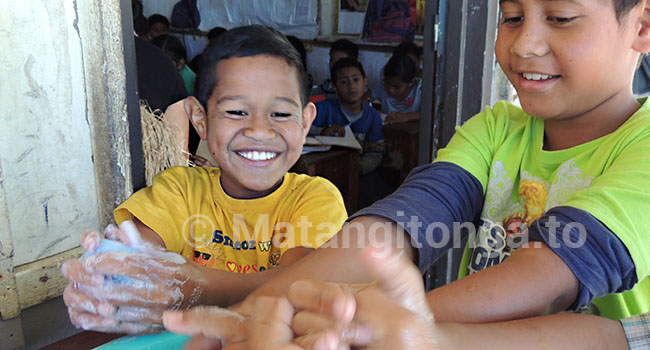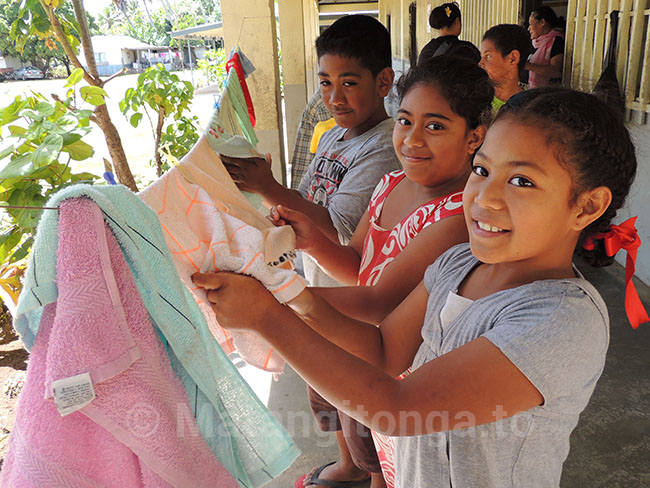
By Otto ten Bosch, Matangi reader
COVID-19 will change the world like other crises before it. COVID-19 is teaching us that potentially hundreds of thousands of people can die from something that the naked eye cannot see.
Hand sanitiser, face masks, antibacterial lotions and the disinfection of surfaces will be front and centre for the rest of 2020. The global ripple effect will be felt for years.
Like with any crisis, no doubt there will be positive aspects to the COVID-19 crisis.
Whenever there is a regional or global outbreak, we are reminded that viruses and germs cause sickness on a large scale and that hands are one of the leading transmitters of germs that cause respiratory infections, typhoid and diarrhoea.
In the news is the often-quoted global flu death rate which the WHO estimates at 290,000 to 650,000 per year.
Equally large and more relevant to Tonga is the global death rate of children under five from diarrhoeal diseases. While less often quoted, the WHO and UNICEF estimate the global rate of such deaths to be 340,000 per year. The main cause of this type of death is lack of access to clean water and soap, which are the main ingredients for basic hygiene.
Family hands
Despite numerous campaigns over the years, thousands of newborns, toddlers and infants still die in the Pacific each year from diarrhoeal diseases. Germs transmitted by hands play a large role in this type of death. The leading cause of transmission is a family member hand-feeding a baby or child after having used the lavatory or handled raw meat without having washed their hands properly. While informational campaigns are helping, what is lacking is the access to soap. Water itself, even if clean, is not enough to eliminate the germs.
There have been drives for centuries to bring soap to the most remote parts of the world. The problem with soap, however, is that it literally disappears down the drain while you are using it. The challenge thus is maintaining a sustainable supply of low-cost soap to the population.
In theory it would be possible to create soap regionally, even on the most remote islands of Tonga.
Soap is essentially nothing more than an oily or fatty substance such as coconut oil plus a potassium hydroxide solution (lye) which can be derived from ash. Both ingredients can be readily obtained in any part of Tonga, though getting the quality and saponification ratios right and scaling the production can take a substantial amount of time.
At this stage in Tonga’s progression, it does not make sense tying up resources towards building regional large scale soap-making capabilities. Such resources are better dedicated to other objectives such as achieving the other ingredient of basic hygiene, safe water.
Soap aid
The question then remains where the soap will come from?
This is where COVID-19 might have a positive aspect for Tonga. Soap producers worldwide are rapidly ramping up production as a response to COVID-19. With hygiene being front and centre for the rest of 2020, an ideal outcome would be that part of this soap production makes its way into in-kind aid to Tonga from foreign governments, NGOs and health organisation.
This is an important topic for decision-takers in Tonga to be addressing in these times with their stakeholders internationally. The bars of soap and liquids themselves are only one side of the coin. The other side is awareness and education to make sure that the soap is properly distributed and applied, and that this potential positive aspect of COVID-19 is put to good use.




